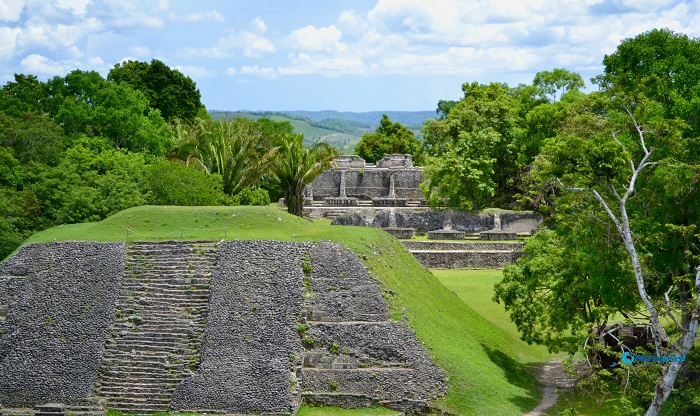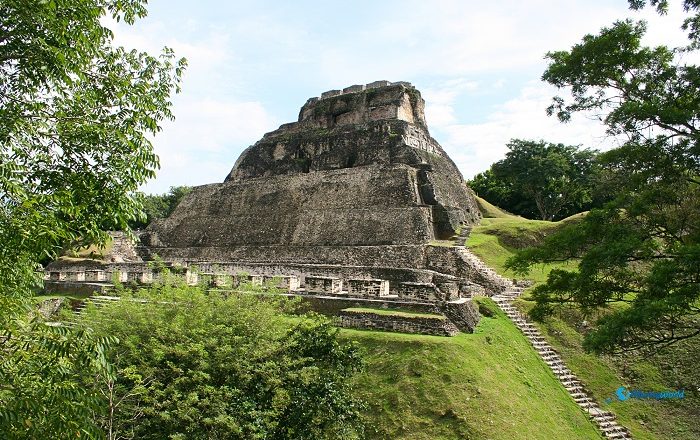Xunantunich is a historically significant Maya archaeological site located in the western part of the Central American nation of Belize, near the border with Guatemala. This ancient city, whose name translates to “Stone Woman” in the Yucatec Maya language, is considered to be one of the most impressive and well-preserved Maya ruins in Belize which is perched on a ridge above the Mopan River. Offering breathtaking views of the surrounding landscape and providing a fascinating glimpse into the rich cultural and historical heritage of the Mayan civilization, this majestic place will transfer every visitor to the once quite powerful Mayan civilization that ruled the area.
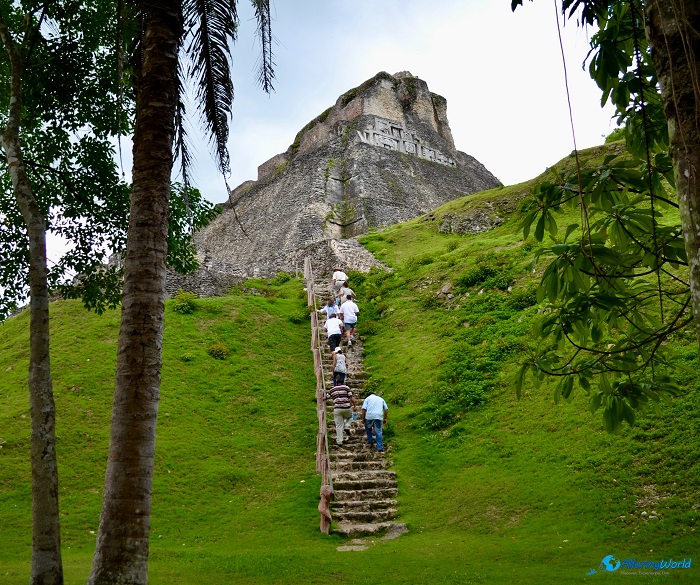
The site of Xunantunich is considered to be first settled around 600 AD and reached its peak during the Late Classic period, between 600 and 900 AD. It is believed to have been an important political and ceremonial center, with a population that may have numbered in the thousands at its height, and as the city was strategically located along the Mopan River, it facilitated trade and communication with other Maya centers in the region.
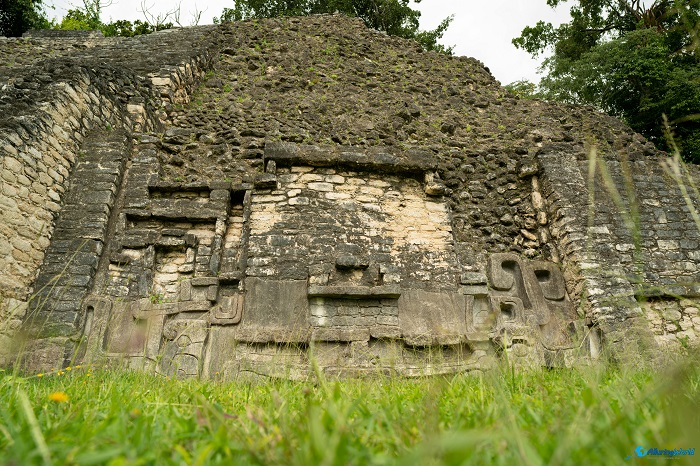
Still, one of the most striking features of Xunantunich is El Castillo, the site’s main pyramid and the second-tallest Mayan structure in Belize. El Castillo rises approximately 40 m (130 ft) above the plaza below, making it a dominant feature of the landscape, but even though it is imposing from below, climbing to the top of the pyramid provides visitors with panoramic views of the surrounding jungle, the nearby town of San Ignacio, and the distant mountains of Guatemala. The pyramid is adorned with intricate stucco friezes and carvings that depict Maya gods, rulers, and mythical creatures, providing valuable insights into the beliefs and cosmology of the ancient Maya.
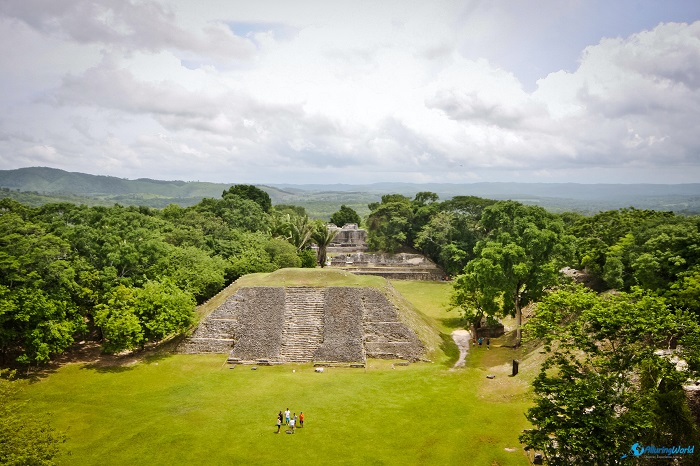
In addition to El Castillo, Xunantunich consists of several other impressive structures, including plazas, temples, palaces, and residential buildings. The site officially covers an area of about 2.6 sq km (1 sq mi) and contains more than 25 temples and palaces arranged around six major plazas. These structures reflect the architectural and artistic achievements of the Maya, with their finely crafted stonework and sophisticated design.
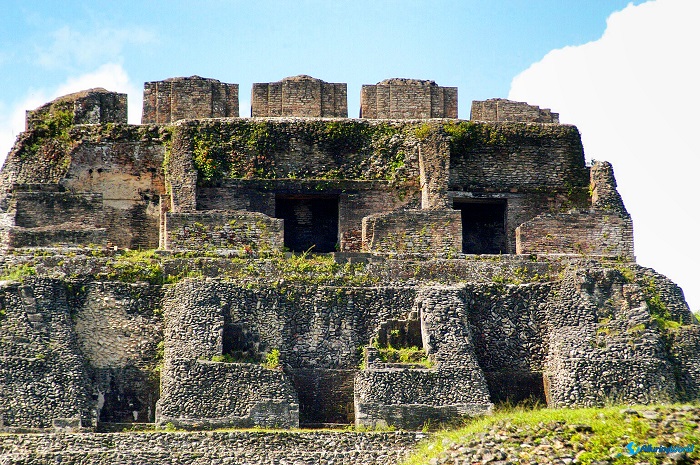
The construction of Xunantunich involved meticulous planning, organization, and the utilization of locally sourced materials. The constructors, who were Maya themselves, employed the easily accessible limestone as the main material for construction, and the limestone was quarried and then carved into blocks that formed the core of the buildings. A technique known as “core-and-veneer” construction was employed, where a rubble core was faced with finely cut stone, creating a smooth and durable exterior, in addition to that, the Maya also used stucco to coat the surfaces, both for protection and decorative purposes, allowing for the application of intricate carvings and vibrant painted murals.
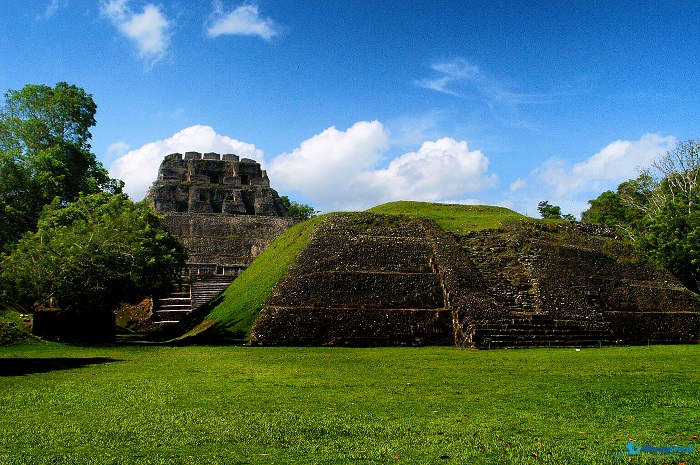
Organizing the construction of Xunantunich required a highly structured workforce and advanced engineering skills. As there are not that many sources that would give information on how the ancient site was built by an organization, the labor force likely included skilled artisans, architects, and a large number of workers for physical labor. Construction projects were overseen by the ruling elite, who would have directed the allocation of resources and labor.

It is important to note that the building projects were often tied to political or religious events, with rulers commissioning structures to commemorate their reigns or to align with important celestial events. The layout of Xunantunich reflects the hierarchical social structure and religious significance of the site, and as mentioned above, El Castillo is the site’s most prominent pyramid that stands as a testament to the Maya’s architectural and engineering capabilities. This complex planning and construction demonstrate the Maya’s ability to organize large-scale projects that required coordination and resources, establishing Xunantunich as a major hub of religious, political, and economic activity in the region.
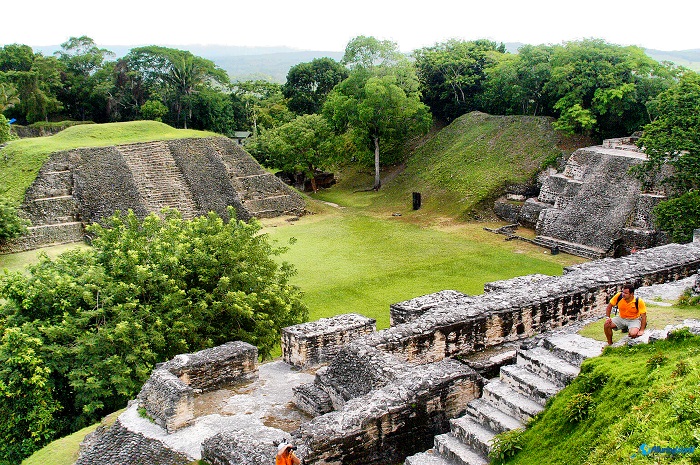
Throughout the years, there have been numerous archaeological excavations at Xunantunich which in fact have revealed a wealth of artifacts, including pottery, jade, obsidian, and carved stelae, that provide further valuable information about the social, political, and economic life of the ancient city. In addition to this, the site also contains a ball court, where the Maya played their ritual ball game, which held both political and religious significance.
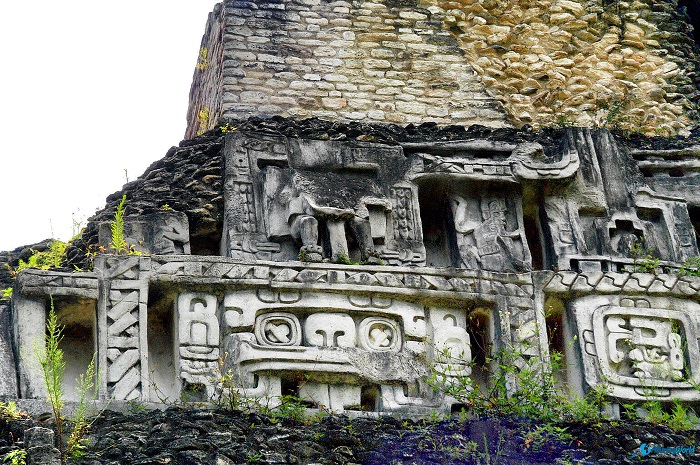
Xunantunich was first rediscovered by explorers in the late 19th century, but it has been the focus of plenty of archaeological research since the early 20th century. Today, it is one of Belize’s most popular tourist destinations, attracting visitors from around the world who come to marvel at its impressive ruins and learn about the Maya civilization.
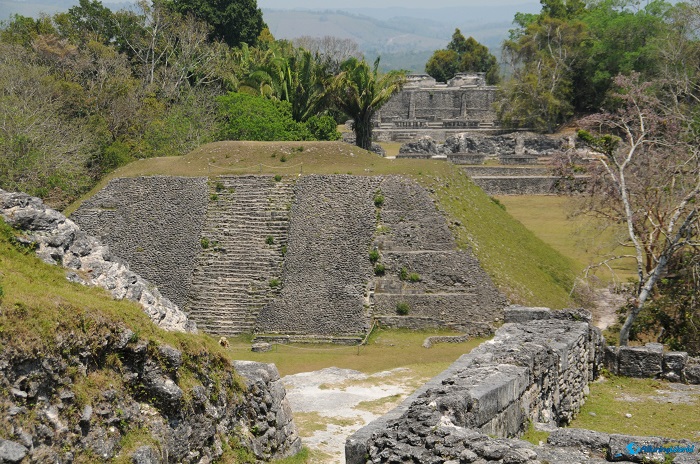
To reach Xunantunich, visitors typically travel to the nearby town of San Ignacio, which serves as a convenient base for exploring the site, and from San Ignacio, it is a short drive to the village of San Jose Succotz, where a hand-cranked ferry carries vehicles and pedestrians across the Mopan River to the entrance of the archaeological site. From there, a short uphill walk leads to the main plaza and the awe-inspiring structures of Xunantunich.
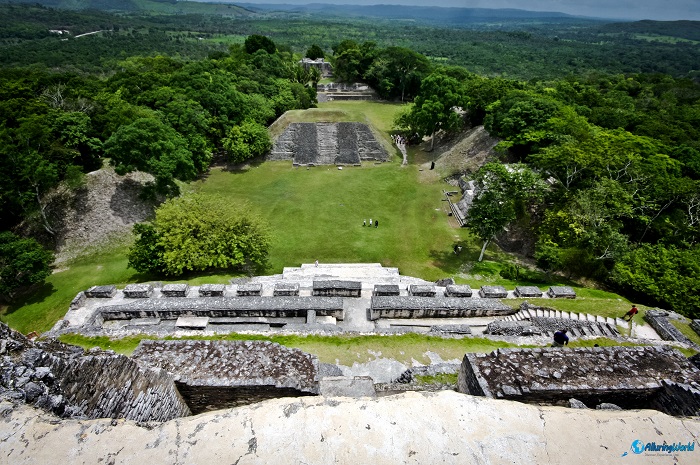
Visiting Xunantunich offers a unique opportunity to connect with the rich history and culture of the Maya civilization, and as the site is open to visitors year-round, guided tours are also available to provide in-depth knowledge about the history, architecture, and significance of the ruins. Additionally, the site’s visitor center offers informative displays and exhibits, enhancing the experience and understanding of this remarkable archaeological treasure.
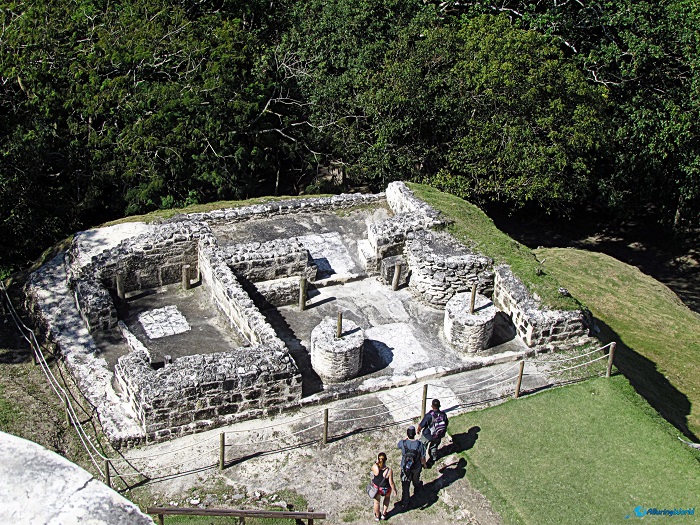
To add to its stunning architectural wonder, Xunantunich is not only a place of historical and cultural importance but also a site of natural beauty. The lush jungle surroundings are home to a diverse array of wildlife, including howler monkeys, toucans, and iguanas, adding to the allure of the visit, and the area’s biodiversity and scenic beauty make it a popular spot for nature enthusiasts and photographers alike.
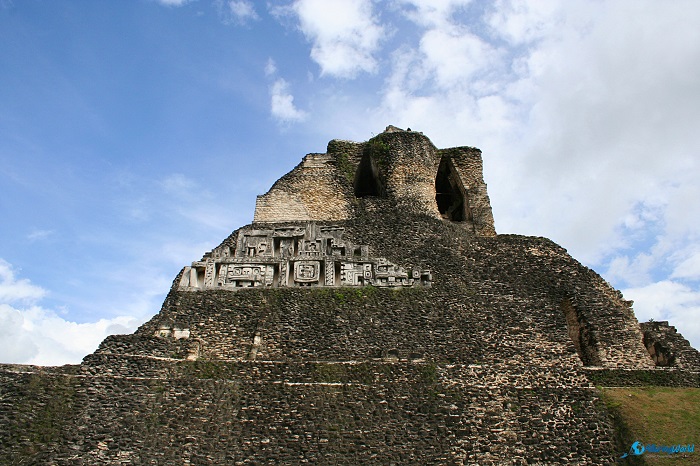
In conclusion, Xunantunich is a must-visit destination for anyone interested in the history and culture of the ancient Maya. Its impressive architecture, stunning vistas, and rich historical significance make it a captivating site that leaves a lasting impression on all who visit and whether you’re an archaeology enthusiast, a history buff, or simply seeking to explore the wonders of the past, Xunantunich offers a unique and unforgettable journey into the heart of the Maya world.
